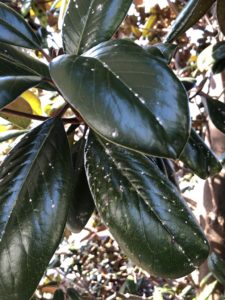
Time to Monitor False Oleander Scales
False oleander scale, Pseudaulacaspis cockerelli, is a tropical and subtropical pest originally from China. It is common throughout many …



El inglés es el idioma de control de esta página. En la medida en que haya algún conflicto entre la traducción al inglés y la traducción, el inglés prevalece.
Al hacer clic en el enlace de traducción se activa un servicio de traducción gratuito para convertir la página al español. Al igual que con cualquier traducción por Internet, la conversión no es sensible al contexto y puede que no traduzca el texto en su significado original. NC State Extension no garantiza la exactitud del texto traducido. Por favor, tenga en cuenta que algunas aplicaciones y/o servicios pueden no funcionar como se espera cuando se traducen.
Inglês é o idioma de controle desta página. Na medida que haja algum conflito entre o texto original em Inglês e a tradução, o Inglês prevalece.
Ao clicar no link de tradução, um serviço gratuito de tradução será ativado para converter a página para o Português. Como em qualquer tradução pela internet, a conversão não é sensivel ao contexto e pode não ocorrer a tradução para o significado orginal. O serviço de Extensão da Carolina do Norte (NC State Extension) não garante a exatidão do texto traduzido. Por favor, observe que algumas funções ou serviços podem não funcionar como esperado após a tradução.
English is the controlling language of this page. To the extent there is any conflict between the English text and the translation, English controls.
Clicking on the translation link activates a free translation service to convert the page to Spanish. As with any Internet translation, the conversion is not context-sensitive and may not translate the text to its original meaning. NC State Extension does not guarantee the accuracy of the translated text. Please note that some applications and/or services may not function as expected when translated.
Collapse ▲
False oleander scale, Pseudaulacaspis cockerelli, is a tropical and subtropical pest originally from China. It is common throughout many …

Exirel Insecticide (FMC Corporation) has recently received an expanded federal label which includes use in caneberries against spotted wing …
Fusarium Head Blight Fusarium head blight of wheat (also known as scab) is one of the most problematic diseases of …
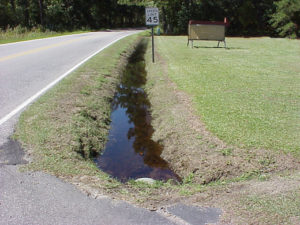
We are obviously not out of Hurricane or mosquito seasons quite yet (that’s a few weeks away). Hurricane Michael …
The N.C. Department of Agriculture and Consumer Services is offering assistance with pesticide and fertilizer disposal through the Pesticide …
The email included below was sent out from Jason Williams with the N.C. Department of Agriculture and Consumer Services’ Structural …

To follow up on David Tarpy’s post (Protective Measures of Beehives During Hurricanes), in the days and weeks following …

Elms have lots of pests. This week I have had several reports of larger elm leaf beetles, Monocesta coryli, …
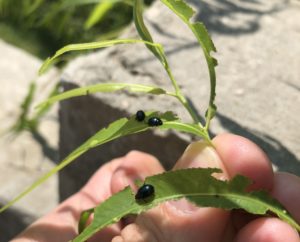
You can find a lot of damage on willows this time of year because imported willow leaf beetles have …

Oaks have hundreds of herbivores so it is no wonder that towards the end of summer some of the …
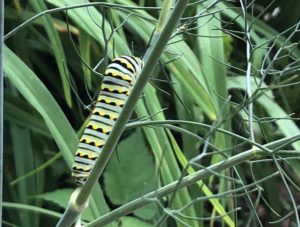
If you like to garden you probably like butterflies. You probably also grow some herbs like fennel, dill, or …
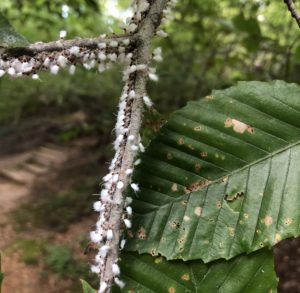
You might notice twigs on beech trees covered in a woolly sleeve. Get closer and it will begin to …
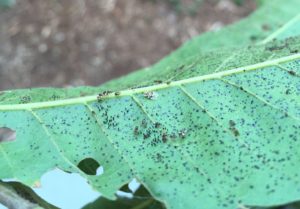
Oak lace bugs (Corythucha arcuata), like other lace bugs, cause stippling on leaves. Oak lace bugs, of course, feed …

Fall webworms, one of our native insect pests, are a perennial nuisance and in some cases a destructive pest. …

Orange striped oakworms started hatching in Raleigh this week. They have one generation per year. Adults emerge in mid …
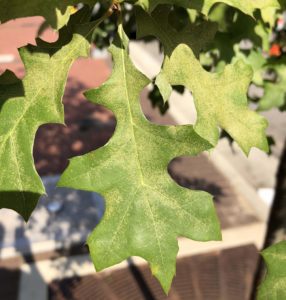
Most tree species are fed upon by spider mites and many even have their own species. These include maple …
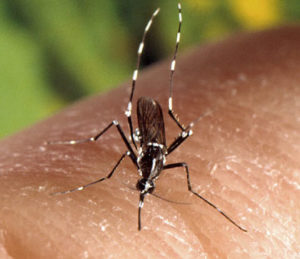
Last week, NCDHHS announced the first death in 2018 due to West Nile virus (WNV). Although details were sparse …

Earworm populations (known as bollworm in cotton) were relatively low in our system from 2011 to 2016. Arguably, at …
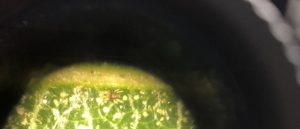
This week I have noticed damage on many pin oaks (Quercus falcata) by oak spider mites (Oligonychus bicolor). Oak …

Honey Bees – When summer weather turns hot and dry, honey bees (and other insects) will frequently seek out any …
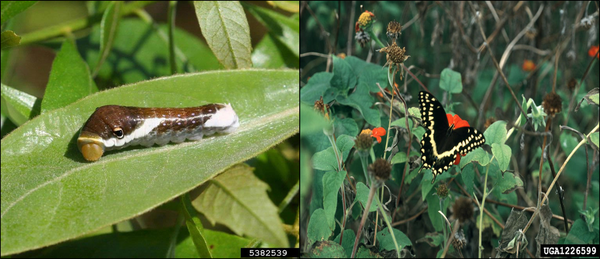
Laurel wilt is a disease of plants in the laurel family (Lauraceae), primarily redbay and …
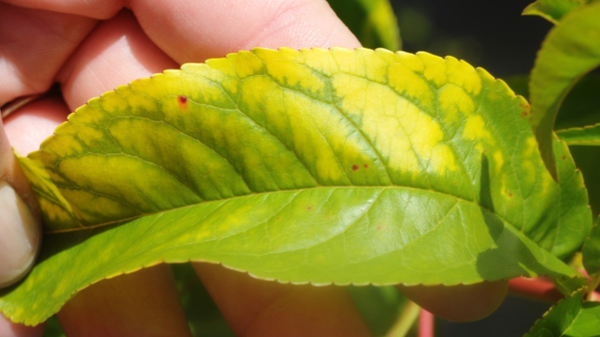
This factsheet describes the symptoms of a photosystem II (PS II) inhibitor herbicide injury.

Similar to zoysiagrass mites, bermudagrass (Eriophyes cynodoniensis) mites are tiny, worm-like arachnids present in the …

This publication covers the identification, life cycles and treatment of several species of insects, such …

This vegetable pathology factsheet describes the identification and treatment of anthracnose of pepper.

This publication describes the invasive Callery pear species, its offspring, and how it can harm …
This factsheet describes the biology of the cane lace bug or bamboo lace bug, Leptodictya …

This factsheet describes the biology of the banded sphinx moth or lesser vine sphinx, Eumorpha …